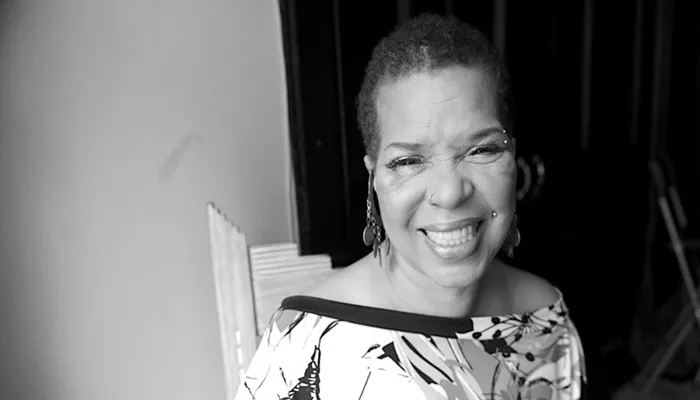Ntozake Shange, born Paulette Linda Williams in 1948, emerged as a transformative figure in 20th Century American poetry. As an American poet, playwright, and novelist, Ntozake Shange‘s work delved deeply into the intersections of race, gender, and identity, offering a poignant exploration of Black womanhood in America. Her innovative fusion of poetic expression with dance and music, particularly through her creation of the “choreopoem,” redefined the boundaries of American poetry and theater.
Early Life and Influences
Shange was born into an upper-middle-class African American family in Trenton, New Jersey. Her father, Paul T. Williams, was a surgeon, and her mother, Eloise Williams, was a psychiatric social worker. The Williams household was a hub for cultural and intellectual exchange, hosting luminaries such as Dizzy Gillespie, Miles Davis, and W.E.B. Du Bois. This environment nurtured Shange’s early appreciation for the arts and Black cultural heritage.
At the age of eight, Shange’s family relocated to St. Louis, Missouri, where she encountered the harsh realities of racial segregation and discrimination. These experiences profoundly impacted her worldview and later became central themes in her literary work.
Academic Pursuits and Personal Struggles
Shange pursued higher education at Barnard College, earning a Bachelor of Arts in American Studies in 1970. She continued her studies at the University of Southern California, obtaining a Master’s degree in the same field in 1973. During her academic journey, Shange grappled with personal challenges, including multiple suicide attempts, stemming from the pressures of societal expectations and personal relationships. These struggles led her to adopt the Zulu name “Ntozake Shange,” meaning “she who comes with her own things” and “she who walks like a lion,” signifying a rebirth and assertion of her identity.
The Choreopoem: A Revolutionary Art Form
In 1975, Shange introduced the world to her groundbreaking work, for colored girls who have considered suicide / when the rainbow is enuf. This piece marked the debut of the “choreopoem,” a term she coined to describe a performance that combines poetry, dance, music, and song. Departing from traditional Western theatrical structures, the choreopoem emphasized emotional resonance over linear narrative, creating a visceral experience for audiences.
For colored girls comprises a series of 20 poetic monologues, each delivered by a nameless African American woman identified only by a color. These narratives delve into topics such as love, empowerment, struggle, and loss, painting a multifaceted portrait of Black womanhood. The work’s innovative format and raw honesty garnered critical acclaim, earning Shange an Obie Award and solidifying her place in American theater history.
Themes and Literary Style
Shange’s oeuvre is characterized by its unflinching exploration of the Black female experience. Her poetry often addresses themes of racism, sexism, and personal trauma, articulated through a distinctive linguistic style that incorporates African American Vernacular English and nonstandard spelling and punctuation. This approach not only reflects the rhythms of Black speech but also challenges readers to engage with the text on a deeper level.
In works like Nappy Edges (1978) and The Love Space Demands (1991), Shange continues to blend poetic expression with performance elements, reinforcing her belief in the interconnectedness of art forms. Her commitment to portraying the complexities of Black women’s lives has had a lasting impact on American poetry and feminist literature.
Comparative Analysis with Contemporary Poets
Shange’s contemporaries in the 20th Century American poetry landscape include figures like Maya Angelou, Audre Lorde, and Nikki Giovanni. While all these poets address themes of race and gender, Shange’s unique contribution lies in her integration of multiple art forms to convey her message. Unlike Angelou’s autobiographical narratives or Lorde’s political essays, Shange’s choreopoems offer a sensory-rich, performative experience that immerses audiences in the emotional realities of her characters.
Furthermore, Shange’s emphasis on the collective experiences of Black women distinguishes her work from the more individualistic perspectives found in some of her peers’ writings. By focusing on communal narratives, she highlights the shared struggles and resilience within the Black female community.
Legacy and Influence
Ntozake Shange’s contributions to American poetry and theater have left an indelible mark on the cultural landscape. Her pioneering work paved the way for future generations of Black female artists and writers, inspiring them to explore innovative forms of expression. The choreopoem, as a genre, continues to influence contemporary performance art, demonstrating the enduring relevance of Shange’s vision.

